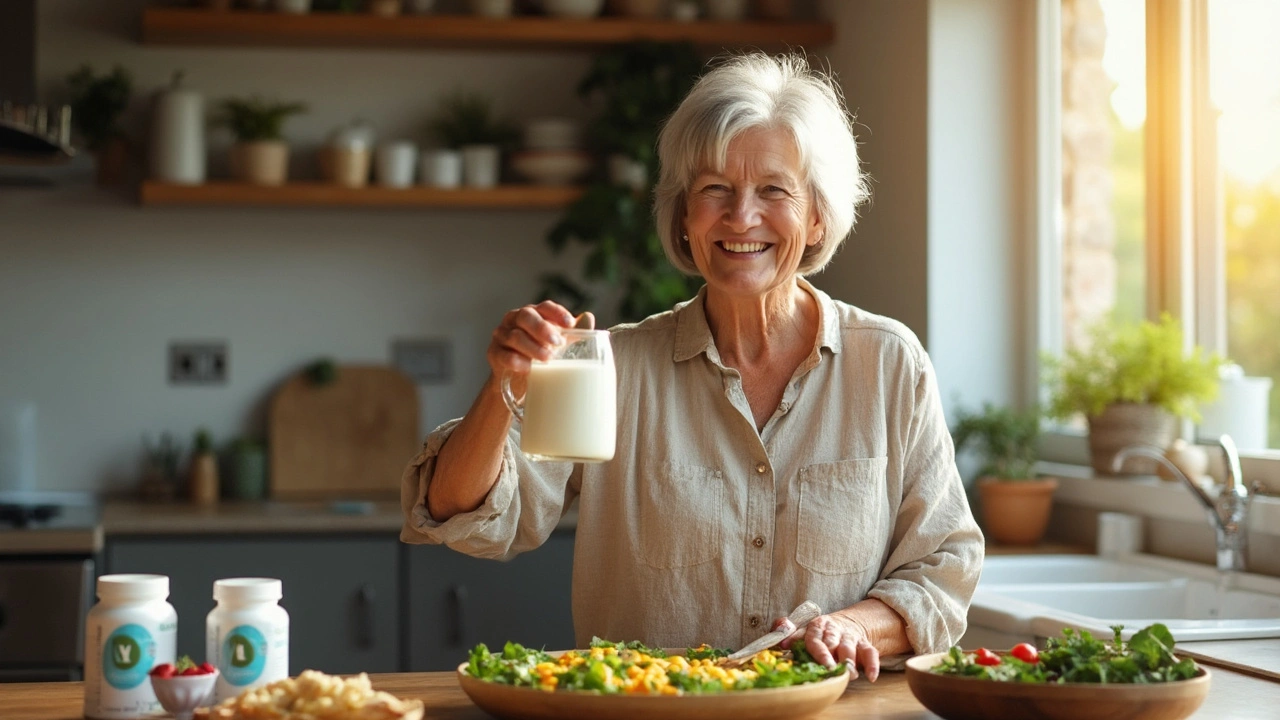
Picture this: One day, you step off a curb, twist your foot just a little, and suddenly something snaps. You end up with a broken wrist or hip. It sounds dramatic, but almost nine million people get fractures like this every year because of osteoporosis—and most never see it coming until it’s too late. Think about celebrities and athletes who seem to have it all together. Sally Field, for example, publicly shared how osteoporosis crept up on her, even though she looked healthy on the outside. That’s the thing about bone loss—it’s a silent thief. You don’t feel your bones getting weaker, but one awkward misstep can send you to the hospital. Fractures from osteoporosis aren’t just a bump in the road, either. Break a hip, and suddenly everything from your independence to your wallet takes a hit. Within a year, many people who’ve broken a hip struggle to walk without support, and recovery can drag on for months. So why wait for a fall or fracture? There’s a lot you can do before you end up in a cast or a hospital bed, and most fixes aren’t rocket science.
Why Bones Weaken and Fractures Rise: The Real Reasons Behind the Crisis
Most folks just assume weak bones are a problem for little old ladies, but that’s not how osteoporosis works. Sure, women do get hit harder, especially after menopause—estrogen drops and bones just start dissolving away. But guys aren’t off the hook. Around one in five men over 50 will break a bone thanks to *osteoporosis*. Genetics play a part, but so do your habits. Maybe you skipped out on milk, avoided the sun, or spent too many years glued to your desk. Every one of these choices stunts your bones’ ability to rebuild themselves. Here’s the biology of it: after you hit your mid-thirties, you start to lose more bone than you make. Your bones are living tissue, not solid as rock. They’re in a constant cycle of breaking down and re-forming, but that process slows with age. Add smoking, heavy drinking, or long-term steroid use into the mix, and the issue accelerates. Medications for conditions like epilepsy or depression? They can chip away at bone strength too. Even having thyroid problems or digestive disorders (like Crohn’s disease) can quietly gnaw away at your bones. But sadly, most people don’t realize any of this until a minor fall leaves them with a major break.
Study after study shows bone loss speeds up after midlife. The U.S. National Osteoporosis Foundation warns that more than half of adults over 50 are at risk for a bone break. This isn’t a small group. Fractures most often happen in the hip, spine, or wrist. Hip fractures? They can be life-altering and cost tens of thousands in care and lost time. It’s estimated that about 20% of older people who break a hip die within a year—not to be morbid, but that’s not a fact to brush off. Meanwhile, spinal fractures can sneak up with just a sneeze or picking up groceries, causing constant pain you can't just shake off. What’s wild is how preventable much of this is. It starts with catching problems early—bone density scans (called DEXA scans) can spot trouble before disaster strikes. But most people don’t even get checked, especially men. That’s like driving with no brakes and hoping for the best. Flip that script and see bone checks as routine—like checking your blood pressure. If osteoporosis is in the family, you’re small-boned, or you’ve had a surprise fracture, push for a scan before 65 (for women) or 70 (for men)—earlier if the risk is higher.
And genetics isn’t a death sentence. Even if your mom or granddad broke their hip, you have a say in how strong your bones stay. Your daily choices can either help or harm your bone bank. Plus, some surprises: even caffeine, too much cola, or a super-low calorie diet can eat away at your bones. The worst part? People often focus on calcium pills and miss the other half—vitamin D. Without it, your body can’t use calcium, no matter how many supplements you chew. Changes in weight—your body’s yo-yoing weight gain and loss over years—also mess with bone stability. Bottom line: osteoporosis is an equal opportunity risk, and you have more control than you might think.
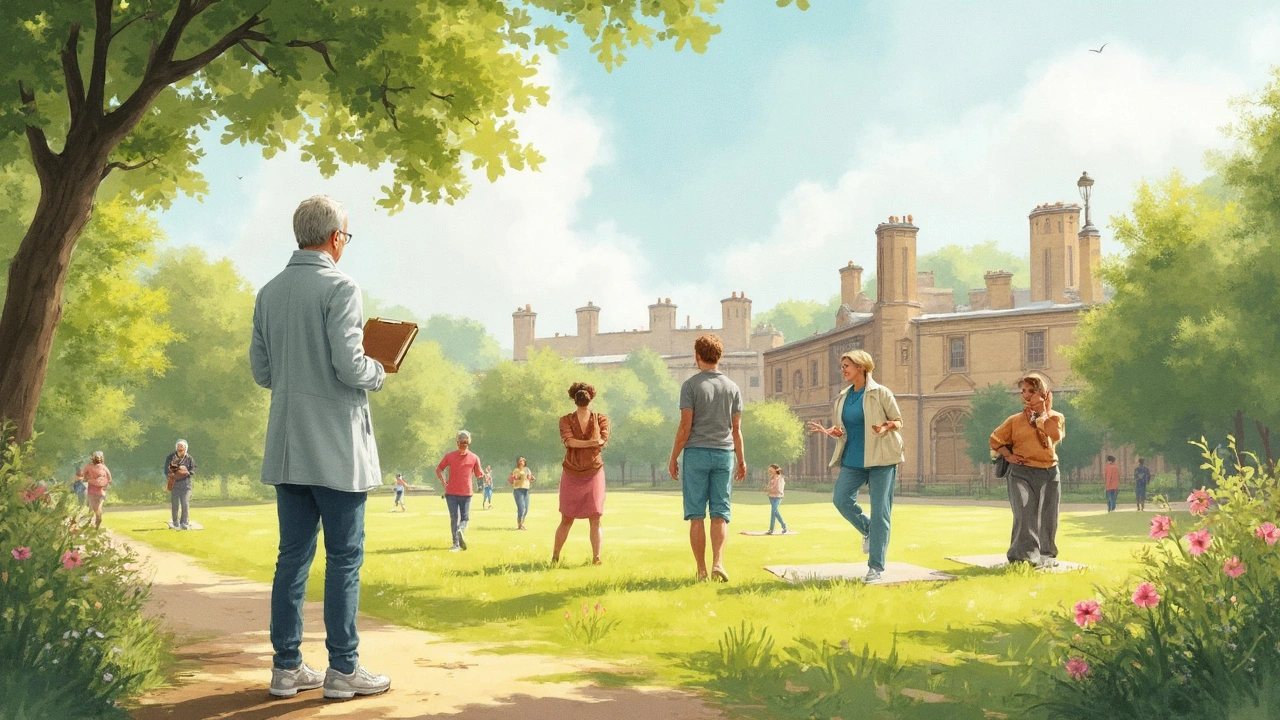
How to Build Tougher Bones: Habits and Hacks That Really Work
First things first: bone health is about way more than drinking milk. Let’s break down what actually works. Resistance training is king—think lifting weights, using resistance bands, or doing bodyweight moves like squats and push-ups. These activities literally “stress” your bones in a good way, triggering them to lay down more minerals and reinforce their structure. You don’t have to be a gym rat. Even carrying groceries up stairs, gardening, or brisk walks can do a lot for your skeleton. But—and here’s the catch—just swimming or cycling won’t cut it for bones, because you’re not fighting gravity. Add simple weight-bearing activities several days a week to get real bone benefits.
Diet matters, but ignore the myths. While dairy is an easy source of calcium, leafy greens like kale, bok choy, and broccoli pack a similar punch, often with fewer hormones. Fortified non-dairy milks and fish like canned salmon (with bones in) are quiet powerhouses. Get enough protein, because your bones are one-third protein by weight. Older adults sometimes skimp on meat or plant proteins, thinking it’s only for muscle, but without enough protein, your body can’t lay down a strong bone matrix. Magnesium, vitamin K, and zinc matter just as much—pumpkin seeds, almonds, and chickpeas are all easy wins here. Don’t forget vitamin D. Sunlight triggers your skin to make it, but between cloudy days and sunscreen, a lot of us fall short. A simple blood test tells you where you stand, and supplements can fill the gap if you’re low. Most adults need more than the “official” 600-800 IU per day, especially if you’re over 60 or have darker skin.
Avoid bone robbers. Smoking ruins bones as much as it messes with lungs, thanks to toxins that stifle bone-forming cells. Booze is sneaky, too—chronic heavy drinking reduces bone-building, even if you don’t feel hungover. Watch those sodas; colas often have phosphoric acid, which can leach calcium from bones if you go overboard. Loading up on caffeine isn’t great, either. Stick to two or three cups of coffee max, and you’ll probably be fine. Some medicines make bone loss worse—talk to your doc if you’re on long-term steroids, certain cancer meds, or anti-seizure drugs. Sometimes there are alternatives that play nicer with your bones.
If you fall, you can’t just blame clumsiness. Poor vision, weak balance, or medications that make you dizzy bump up your fracture risk. Check your home: clear clutter, secure rugs, install grab-bars in bathrooms, and keep good lighting. Practice balance—try standing on one foot while brushing your teeth or take a Tai Chi class. These moves help your brain and muscles work together, making a fall less likely. Finally, don’t just sit all day—being active from morning to night keeps bones and joints working right.
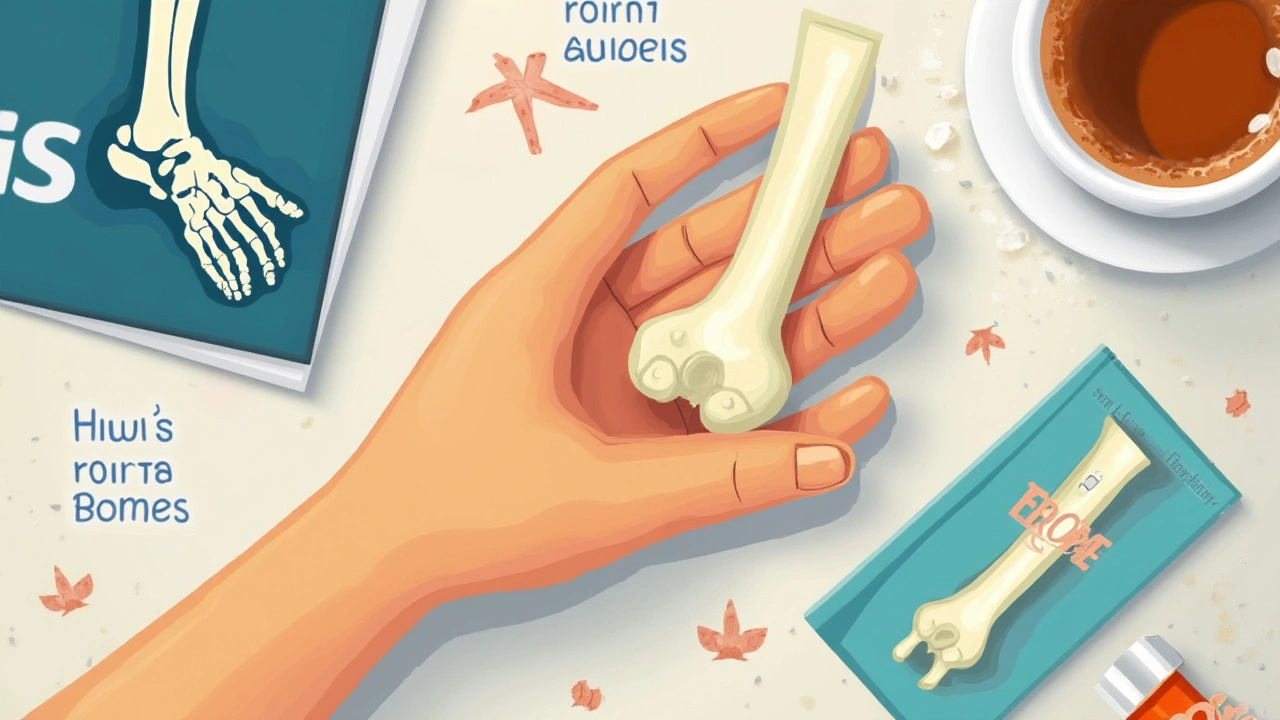
Real-World Action Plan: What to Do Today and What Science Says Actually Helps
If you’re reading this and feeling uneasy about your bones, good—you’re one of the smart ones. Here’s what I’d do, step-by-step, if I were starting from scratch. First, get a sense of your risk. Family history, previous fractures, certain diseases, and long-term medication use can all tip the scale. Ask your doctor about a DEXA scan—the gold standard for measuring bone density. If you’re not old enough for routine scans but fit those higher-risk groups, insist on getting checked. Second, look at your diet. Aim for 1000-1200 mg of calcium per day if you’re over 50—that’s roughly three servings of dairy or equivalent sources, like fortified oat milk or tofu. Pair it with vitamin D (most adults need at least 800-1000 IU). Trying to “save up” by taking a huge dose at once doesn’t help; your gut can only absorb so much at a time.
Now the fun part: move. Stick with 30 minutes of weight-bearing activity (walking, dancing, stair-climbing) most days, plus two sessions a week of resistance or strength training. Don’t overthink it. Use your own body weight if you don’t have equipment. Fine-tune your habits—if you smoke, now’s the best time to quit. Drink water, not soda; swap that third coffee for herbal tea. Consider adding frozen spinach to your morning omelet or sprinkle seeds on salads for an easy nutrient boost.
It’s not just about what you put in your body; it’s also how you live. Guard against falls by installing nightlights and making sure your most-used paths at home are clear and safe. Schedule regular eye checks and review your medications with your doctor to weed out any that raise your fall risk. If you’re already starting to lose height or have back pain, don’t brush it off as “just aging.” Sometimes those are tiny spine fractures piling up. Early intervention—like bone-building meds called bisphosphonates, or newer options like denosumab or teriparatide—make a massive difference if your risk is high. These aren’t just “old people” prescriptions. Even younger people with certain conditions might need them; talk to your doc and be persistent.
Keep records of your bone density tests, diet changes, and exercise routines. Noticing a trend—losing height, new aches, or being less steady—should push you to recheck your plan. Don’t go it alone, either. Bring a friend to a new fitness class, swap recipes, or join online support groups focused on bone health. If you want to geek out, apps like MyFitnessPal or Cronometer help track calcium, vitamin D, and protein.
Finally, don’t buy into “miracle” cures or fancy supplements promising overnight bone strength. Stick with what research shows works: consistent habits, smart nutrition, lots of movement, and regular check-ins. It won’t make you invincible, but it sure beats waiting for a fracture to call the shots on your life. Your skeleton is the foundation for everything you do—treat it like the priceless structure it is. If you start making these small changes now, your bones will stick with you for a long, active, pain-free run. No cape required.

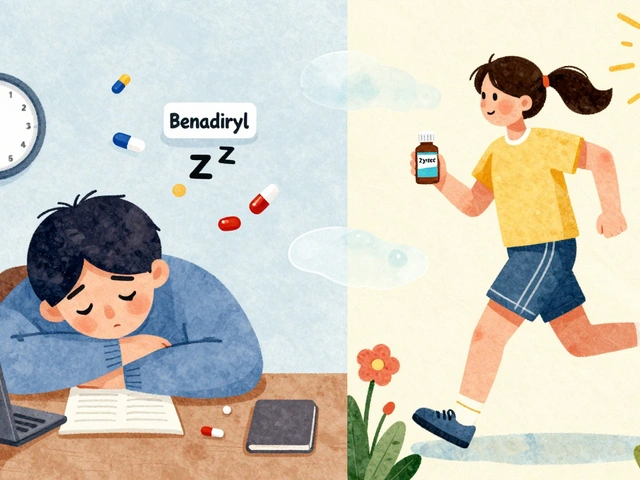
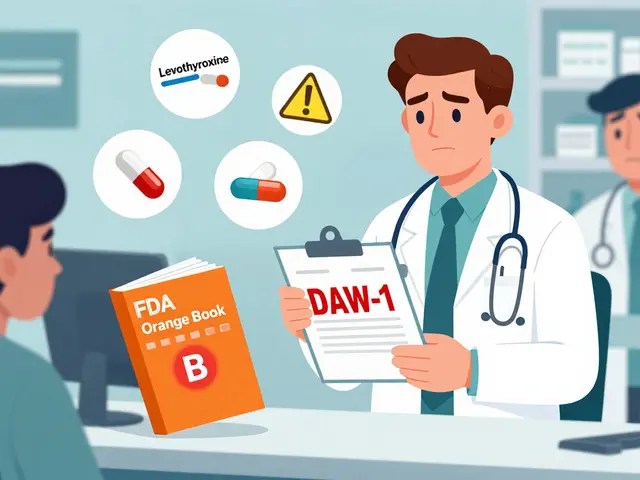
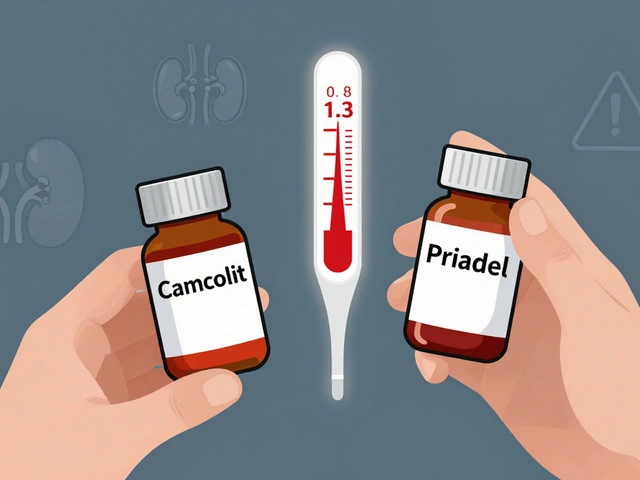
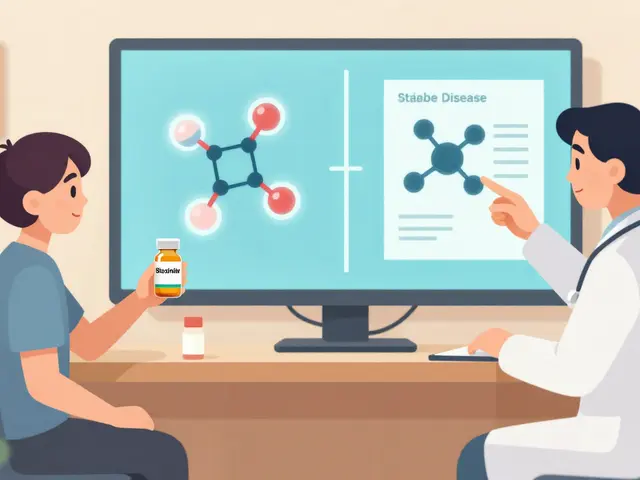
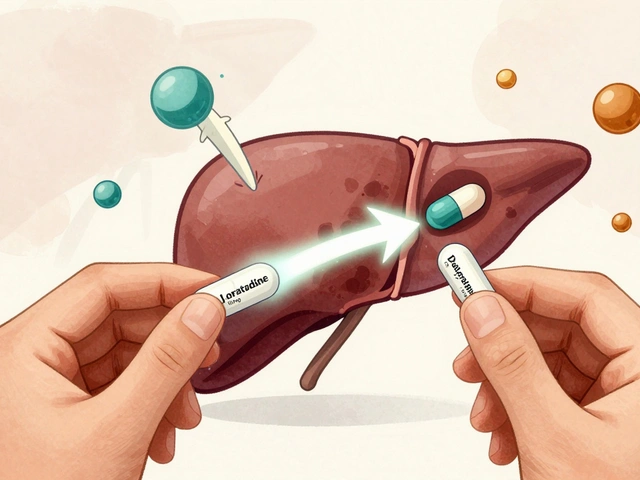
10 Comments
Let’s look at bone health through a cultural lens that many of us in South Asia grew up with.
We were taught early on that “strong bones” start with the foods we share at family meals, from paneer to leafy greens like sarson.
Modern science confirms that calcium‑rich legumes and spices such as turmeric boost both bone density and inflammation control.
Beyond diet, our daily chores-carrying water pots, climbing stairs to the rooftop, even the ritual of squatting while praying-provide natural weight‑bearing exercise.
These movements stimulate osteoblast activity, the very cells that rebuild bone tissue.
In contrast, a sedentary lifestyle with prolonged sitting erodes that natural stimulus, accelerating the loss that begins after the mid‑thirties.
Genetics certainly play a role, but epigenetics shows that lifestyle can rewrite the risk trajectory.
Screenings such as DEXA scans are not just for “old ladies”; they are preventive tools for anyone who expects to stay active through the next decade.
If a family member has suffered a hip fracture, consider a baseline scan at the earliest sign of decreased grip strength.
Vitamin D synthesis, often limited by indoor work and sunscreen, can be supplemented responsibly; aim for 1,000 IU daily, adjusting for skin tone and latitude.
Protein intake should hover around 1.0–1.2 g per kilogram of body weight to supply the collagen matrix for bone.
Magnesium and vitamin K2, abundant in nuts and fermented foods, further support mineral deposition.
Quit smoking and limit alcohol; both act as bone‑resorbing agents, shrinking the structural integrity of the skeleton.
Finally, incorporate simple balance drills-standing on one foot while brushing teeth or practicing yoga’s tree pose-to reduce fall risk.
When all these pieces click together, you create a resilient “bone bank” that can weather the inevitable wear‑and‑tear of aging.
Your continued negligence regarding bone health constitutes a reprehensible affront to personal responsibility.
Kickstart your week with a 20‑minute walk up stairs; it’s a cheap, bone‑building habit.
Pair that with a quick set of body‑weight squats and you’re sending a clear signal to your skeleton to get stronger.
Don’t wait for a fracture to motivate you-act now, and the results will follow.
Wow, that burst of energy is exactly what the body craves when you’re fighting the silent thief of osteoporosis!
Imagine your bones as a fire that needs a steady spark; those stair‑climbs and squats are the kindling that keeps the flame roaring.
Keep feeding it daily, and you’ll watch the invisible armor around your joints grow brighter, protecting you from the sudden snap of a broken wrist.
Stay bold, stay consistent, and let your skeleton become the hero of your own story.
Look, I get that some folks think “bone health is just for grandmas,” but that’s stale nonsense.
If you want to stay on your feet for the long haul, you’ve got to respect the science and give your body what it needs.
Load up on weight‑bearing moves-grab those grocery bags, take the stairs, lift a few dumbbells-and stop making excuses.
Meanwhile, ditch the soda and cut back on coffee; your bones will thank you for the break.
Bottom line: stop whining, start lifting, and watch the difference.
It is an unfortunate observation that many modern individuals cling to the illusion of invulnerability while simultaneously neglecting the very foundations of their physiological architecture.
When we peruse the data, the correlation between sedentary habits and accelerated osteoclastic activity becomes glaringly evident, yet the public discourse remains mired in superficial fitness trends that ignore the nuance of bone remodeling.
One must acknowledge that the allure of cardio‑only regimens, despite their cardiovascular benefits, offers little to no osteogenic stimulus, thereby perpetuating a cycle of decay that is both preventable and morally reprehensible.
Furthermore, the pervasive reliance on calcium tablets as a panacea reflects a shallow understanding of the synergistic roles of vitamin D, magnesium, and vitamin K2, each of which acts as an indispensable co‑factor in hydroxyapatite formation.
Neglecting these micronutrients is tantamount to building a house on a shaky foundation-an architectural folly that will inevitably collapse under stress.
Equally disconcerting is the casual dismissal of resistance training, which, when executed with proper progression, yields mechanotransduction signals that recruit osteoblasts to reinforce skeletal integrity.
Such oversight is not merely an error in judgment; it signifies a deeper cultural malaise that glorifies immediate gratification over long‑term health stewardship.
In my experience, individuals who persist in this reckless behavior often bear the financial and emotional burdens of fractures later in life, a consequence they could have averted with modest lifestyle adjustments.
To rectify this, one must adopt a holistic paradigm that integrates balanced nutrition, intentional weight‑bearing exercise, and routine bone density assessments as non‑negotiable components of personal health maintenance.
Only then can we begin to dismantle the pernicious myth that osteoporosis is an inevitable destiny reserved for the elderly, and instead recognize it as a modifiable risk factor within our collective control.
In summation, the path to robust skeletal health is paved with informed choices, disciplined action, and an unwavering commitment to evidence‑based practices.
I understand the frustration many feel when confronted with medical jargon, so let’s break it down plainly: consistent weight‑bearing activity, adequate calcium and vitamin D, and regular screenings are the trio that can keep fractures at bay.
From a relaxed viewpoint, it’s fascinating how simple daily habits can accumulate into a powerful defense against bone loss, much like a river gradually carving a canyon through persistent flow.
When you choose to carry a bag of groceries up a flight of stairs instead of taking the elevator, you’re not just getting your shopping done-you’re sending micro‑stress signals to your bones that stimulate growth and fortify density.
This quiet, steady effort, paired with occasional resistance work like push‑ups or kettlebell swings, creates a harmonious rhythm that keeps the skeletal system resilient.
Don’t underestimate the role of sunlight either; a brief walk at noon can boost your vitamin D levels, which in turn unlocks calcium’s potential.
Combine these practices with a balanced diet rich in leafy greens, nuts, and fish, and you’ll find your bones thanking you with fewer aches and a stronger foundation for every adventure you embark upon.
Perhaps the very notion of “preventable fractures” is a societal construct designed to profit the pharma industry.
What if the push for pharmaceutical bone‑strengtheners is less about health and more about creating a market for endless prescriptions?
Consider the lobbying power of big pharma that subtly influences clinical guidelines, steering the public toward medications rather than lifestyle changes.
While we’re told to “trust the doctors,” many of those recommendations are filtered through corporate interests that benefit from our dependency.
Stay critical, question the sources, and prioritize natural, evidence‑based strategies to keep your skeleton robust without feeding the profit machine.